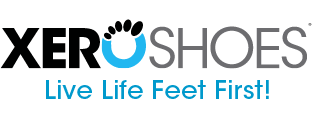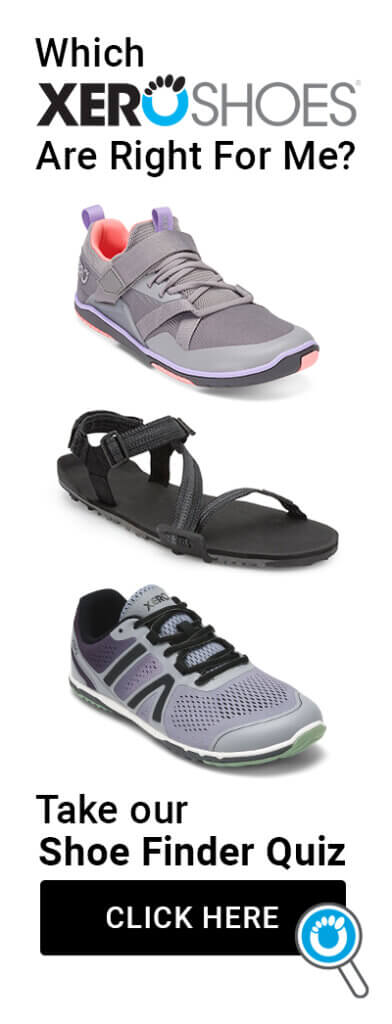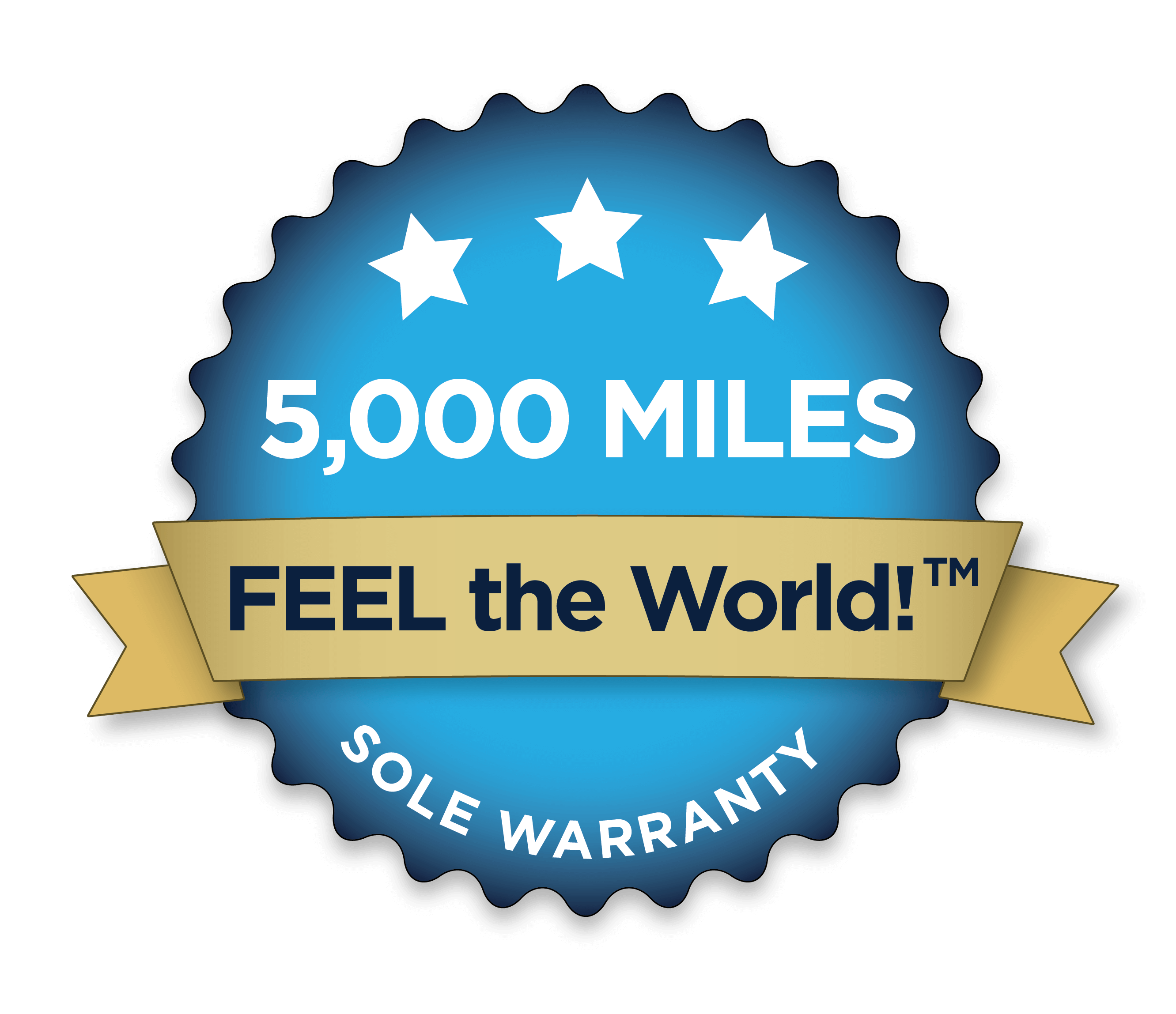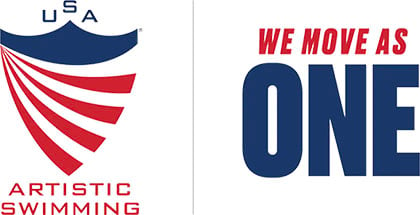Usain Bolt’s coach, Glen Mills, talked in an interview about what helped make Usain Bolt the fastest man in the world.
He revealed something that will surprise most runners, namely, the most important muscles required for fast, efficient running.
Have a guess?
Think it’s the quads? The hamstrings? Glutes? Calves? Eyelids?
Let me quote Glen:
Usain is an extremely gifted athlete. When I started working with him, one of the things that stood out like a sore thumb was his poor mechanics. Part of his poor mechanics was because he was not able hold the sprint position during maximum velocity running, so we had to do an intense programme to develop his core strength. In Beijing he showed a mastery of the technique that we had been working on, but the transformation took two years.
He goes on to discuss in more detail how important the core — primarily the abdominal muscles — are critical for running.
Now, what does this have to do with your running? EVERYTHING.
Next time you run, tighten your core (as if you’re bracing yourself before someone hits you in the stomach). See what that does to your running form.
Play with this. See what changes as you tighten your core, especially the transverse abdominis (the muscles you use to suck in your stomach when you’re trying to fit into a pair of too-tight pants).
Well, if that’s not the motion you make when running, is it the best thing to use for training?
Strength coach Michael Boyle discusses this and suggests that if you want to keep your core stable, you should train it to remain stable while some force is trying to move it.
Looking forward to hearing what you discover when you activate “the most important muscles for running.”
The content of this post does not constitute and is not intended to be a substitute for professional medical advice, diagnosis or treatment. Always seek the advice of a physician or other qualified health provider with any questions or concerns you may have about your health or a medical condition.







 Fostering honest and responsive relationships between businesses and consumers.
Fostering honest and responsive relationships between businesses and consumers.














Pilates is the ticket. And I mean the real Pilates as taught originally by Joseph Pilates himself. My wife is certified from the New York studio he trained at, and she used to always criticize me for doing hundreds of crunches. As Joe Pilates used to say, You only need to do one situp, if you do it perfectly.
To find an original Pilates studio, with an instructor trained in the New York studio, can be a challenge, but that’s what Google is for 😉 Or, if you live in Santa Monica, my wife is happy to train new clients.
I’m in Boulder, Colorado where, if you throw a rock in any direction, you’re going to hit a Pilates teacher (but, obviously, not one taught by Joe … though we do have a couple of them here, too).
I like Pilates, but I always bristle when they say, “Suck your navel to your spine and breathe deeply.” I can’t be the only one to point out that:
a) To breathe deeply you need to let the diaphragm move downward which you can’t do with a sucked in stomach, and
b) Joe was an asthmatic, and asthmatics are known for breathing into their chests and *not* breathing deeply or using their bellies
Again, that said, a good Pilates program can do wonders for core strength.
The other day I was running barefoot in cold weather. I found that by increasing the pumping action of my legs, it seemed to increase the warmth to my lower legs and feet, stemming off any numbness that was threatening my feet and toes. The best was I can describe it is this: I ran as if I was trying to keep my waist lower to the ground than usual, so each step required more knee and hip flexion. It felt like I was running with a pumping action – not from curling at the stomach but a vertical up and down body motion. Well, not quite — I observed that my head remained at a fairly constant height from the ground — all the action was in my legs and hips. (It sure it a lot harder to explain some things in words than it is to just do it!)
Ryan
The other day I was running barefoot in cold weather. I found that by increasing the pumping action of my legs, it seemed to increase the warmth to my lower legs and feet, stemming off any numbness that was threatening my feet and toes. The best was I can describe it is this: I ran as if I was trying to keep my waist lower to the ground than usual, so each step required more knee and hip flexion. It felt like I was running with a pumping action – not from curling at the stomach but a vertical up and down body motion. Well, not quite — I observed that my head remained at a fairly constant height from the ground — all the action was in my legs and hips. (It sure it a lot harder to explain some things in words than it is to just do it!)
Ryan
Pilates is the ticket. And I mean the real Pilates as taught originally by Joseph Pilates himself. My wife is certified from the New York studio he trained at, and she used to always criticize me for doing hundreds of crunches. As Joe Pilates used to say, You only need to do one situp, if you do it perfectly.
To find an original Pilates studio, with an instructor trained in the New York studio, can be a challenge, but that’s what Google is for 😉 Or, if you live in Santa Monica, my wife is happy to train new clients.
So, Steven, do you talk about barefoot *walking* anywhere?
Thanks,
Stacy
I know I say something about it somewhere… but after a weekend in the sun, I can’t remember where 😉
Actually, Lena says something about it at http://www.InvisibleShoe.com/reviews/ … the gist being that, like running, walking barefoot almost requires you to alter your stride (you can’t land hard on your heel and roll over your foot… because it HURTS), which has a nice ripple effect up through the rest of your body.
I notice that my shoulders naturally drop back and that I walk more upright. I use my leg muscles more. And, like barefoot running, it takes a bit of time to build up the strength to walk barefoot for longer and longer distances (I think I walked 5 or 6 miles today).
For core strength and balance I swear by my TRX suspension training system. Every single exercise engages your core on every rep. If you haven’t checked out the TRX, do it! It’s something that people frequenting this site would likely appreciate. And, yes, I ALWAYS use my TRX barefoot!
Pilates are ok. If you really want to build up your core strength, build yourself a slosh pipe and then feel your core develop! 45lbs of water in a 10-foot PVC pipe working off the principles of leverage and instability will blowtorch your core more than just about anything else you can think of. Just look it up on youtube and then build yourself one and you will be glad you did or cursing me because you will feel muscles in your “core” that you didn’t even know you had. Slosh pipes are evilly insidiously wonderful at core training.
I’ve been a personal trainer for almost 10 years and I have seen the field grow by leaps and bounds. The sad thing is, your average gym-goer, and many athletes, are still doing workouts from Arnold’s days.
Closed chain abdominal training, the kind Michael Boyle describes, creates a strong pillar within your body that is able to store and transmit force in all three planes of motion.
Steve is right about the transverse abdominis too. A while back I devoted an entire article to the “inner core”, and how to identify and engage this important muscle.
Check it out if you’re interested … http://orlandogymrat.blogspot.com/2010/10/discover-your-inner-core.html
I noticed this whenever I work on using my core muscles, the running feels different, more like my core is frozen – well, not frozen, but solid, while my legs and arms are pistoning out from the core. Like Ryan said, it’s hard to describe. I think having done Wu Style Tai Chi helped me.
In answer to the comment on sucking your stomach in and breathing deeply at the same time, it’s actually something you learn in Tai Chi, and even in singing. This way, your belly doesn’t just get pushed forward, which isn’t very healthy, but with the stomach muscles providing stability, the diaphragm displaces the lower organs downwards, towards the sides and back more, and actually increases your lung capacity. What you’re talking about regarding using your core muscles is what Danny Dreyer teaches.
Steven,
Thank you for sharing this with us. I noticed in the very beginning that when I switched from Couch25k that my core muscles were sore, again. About a year ago I switched from sitting on a chair to sitting on a gym ball in the office. I was sore in my core like never before. I truly believe that barefoot running, correct posture while running, strong core and the will power of a human being makes for a feared predator that can achieve anything.
I second Kristian’s comment that the Pilates breathing technique works. Done correctly, the breathing is a core strengthener exercise in itself (not to mention an exercise in coordination!) The key to making room for your inhale is to expand into the sides and back of the ribcage. To increase lung capacity even more, at the end of the exhale, knit your ribs together and funnel the ribcage nice and narrow. Then you have even more room for expansion from the contracted position.
A good example for the practical use of this technique is on a road bike when you’re riding in the drops. If your bike is set up so that your back is nearly flat, your thighs come right up to your abdomen. With belly breathing it’s nearly impossible to get a full lung’s worth when your thighs are striking your already crunched abdomen. The only unused space left to expand is into the sides and back of your ribcage. Once you successfully coordinate the bellows action with relaxed shoulders & chest, while lifting/tightening the pelvic floor and transverse abdominis on the exhale, it’s amazing how solid, strong, and “oxygenated” you will feel.
Thanks, Kristian, for the clarification.
I am familiar with this breathing technique from qigong as well as singing and several other disciplines, but it was never explained well to me in terms of Pilates (probably due to the quality of the instructor’s training) so that I would try to suck my stomach in as far as possible and then take in some kind of weak breath… I ended up dizzy and winded. It makes much more sense to flatten the stomach by engaging the transverse abdominis and “pull up” as we say on the perineum.
Expanding the lungs in this manner also “massages” the organs and improves blood flow, digestion and overall health.
Steven, I,ve been Chi running for almost a year. It’s all about the abs, you run with abs always. Check out “around the world” core work out at “beginnertriathlete.com. I also just recieved my huaraches and am starting slow. Chi running in huaraches is my goal.
Nice core workout, Marty.
BTW, we have a lot of Invisible Shoe-wearing Chi Runners, so I’m sure you’ll achieve that goal.